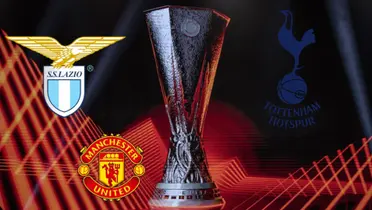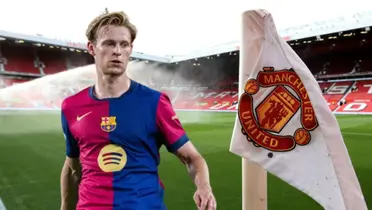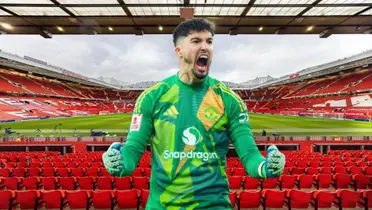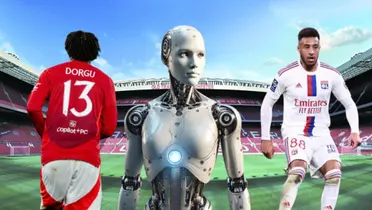Who wins the financial battle? Manchester United vs. Borussia Dortmund
Giants in numbers: Manchester United vs. Borussia Dortmund, a financial duel

In the universe of football, where passion intertwines with business, two colossi stand out for their contrasting financial models: Manchester United, an English giant with a global brand and a bulging checkbook, and Borussia Dortmund, a German club that has forged its success in the youth academy and prudent management. We delve into this analysis to unravel the keys to their economic health and their impact on the playing field.
The financial magnifying glass is placed on these two titans of European football, where financial management becomes a separate match. While Manchester United deploys a strategy of massive investment in star signings and millionaire sponsorships, Borussia Dortmund bets on long-term sustainability, the development of young talent, and a business model that balances sporting ambition and economic responsibility.
Income and expenses: Two paths, one ball
Manchester United, with its global brand status, boasts revenues exceeding 600 million euros annually. Much of this figure comes from sponsorship contracts with renowned brands, television rights, and record-breaking shirt sales. However, this abundance is counteracted by equally stratospheric expenses. Elite player signings, with prices approaching 100 million euros, and the salaries of stars like Cristiano Ronaldo, absorb a large part of the budget.
In contrast, Borussia Dortmund, true to its philosophy as a training club, generates more modest revenues, around 350 million euros. Its main source of income is Bundesliga television rights, sponsorships, and the sale of players trained in its youth academy. Crown jewel Erling Haaland was transferred to Manchester City for 60 million euros, a figure that illustrates the German club's business model. Dortmund's expenses are more measured, with salaries that align with market realities and signings that prioritize young talent and long-term projection.
Debt and profitability: Balance at stake
Manchester United's debt exceeds 500 million euros, a figure that generates debate among financial experts. However, the club's ability to generate massive revenues allows it to handle this debt with solvency. Profitability, although variable, remains at acceptable levels, thanks to revenues from European competitions and player sales.
Borussia Dortmund, meanwhile, maintains controlled debt, less than 100 million euros. Profitability is a constant at the German club, which prioritizes financial sustainability over short-term sporting results. This policy has allowed it to weather the economic crisis stemming from the COVID-19 pandemic more solidly than other European clubs.
The impact of the pandemic and recovery
The COVID-19 pandemic dealt a severe blow to the finances of both clubs. The absence of crowds in stadiums and the interruption of competitions generated millions in losses. Manchester United, with its financial muscle, was able to face the crisis with greater solvency but was forced to reduce expenses and postpone investments.
Borussia Dortmund, with its more austere business model, also suffered losses but was able to adapt more quickly to the new reality. The German club opted for player sales and salary reductions to balance its accounts.
- Manchester United relies on massive revenues but has high expenses and significant debt.
- Borussia Dortmund prioritizes financial sustainability and the development of young talent.
- The pandemic affected both clubs, but their financial models allowed them to adapt.

Player transfers: Investment vs. training
Manchester United is known for its multi-million dollar signings, often exceeding 50 million euros. The arrival of Jadon Sancho for 85 million euros is an example of this policy. However, not all signings have delivered the expected results, and the club has lost millions on players who did not perform to the expected level.
Borussia Dortmund, on the other hand, bets on training players in its youth academy and acquiring young talent at low cost. The sale of players like Haaland and Ousmane Dembélé for multi-million dollar figures demonstrates the success of this strategy.
The financial future: Challenges and opportunities
The financial future of football presents challenges for both clubs. The growing competition from state-owned clubs, such as Paris Saint-Germain and Manchester City, and the economic uncertainty arising from the pandemic, force clubs to seek new sources of revenue and optimize their expenses.
Manchester United, with its global brand and ability to generate massive revenues, has a promising future. However, it must manage its debt prudently and avoid signings that do not fit its financial reality. Borussia Dortmund, with its sustainable business model and its commitment to young talent, also has a bright future. However, it must continue to compete with the most powerful clubs in Europe and maintain its ability to train elite players.
In this financial duel, there is no clear winner. Manchester United and Borussia Dortmund represent two different management models, but both successful. The English club, with its economic power, aspires to win titles and consolidate its global brand. The German club, with its commitment to sustainability and young talent, seeks to compete with the greats of Europe and maintain its identity as a training club.
What you should know about the financial management of Manchester United and Borussia Dortmund!
- Manchester United generates massive revenues but also has high expenses and significant debt.
- Borussia Dortmund prioritizes financial sustainability, with controlled debt and constant profitability.
- Both clubs were affected by the pandemic but adopted different strategies to recover.
- Player transfers are a key business, with contrasting signing and sales strategies.
- The financial future of football presents challenges but also opportunities for both clubs.
More news
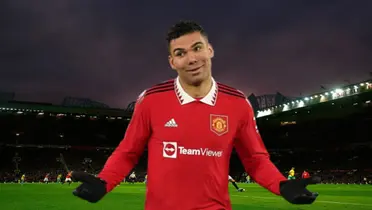
The Numbers Don't Lie: Casemiro's Dominance Returns
31/03/2025

United's Dream Pairing: The Duo Fans Are Eager to See
31/03/2025
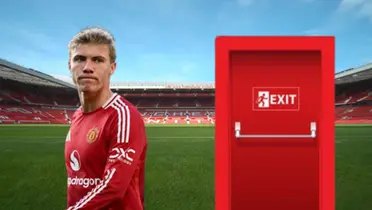
Hojlund's Fate: Will He Stay or Leave Man United?
31/03/2025
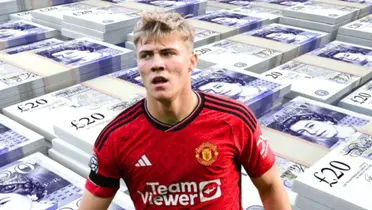
Højlund's Plummeting Value: A Cause for Concern at Man United
31/03/2025
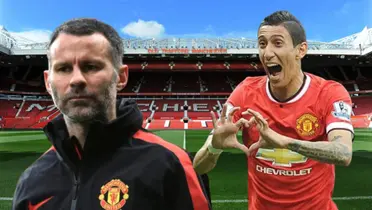
Giggs' Misjudgement: Depay's Free-Kick Hopes Fall Flat
31/03/2025
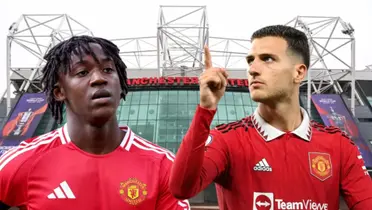
Man United's Summer Clearout: Players on the Chopping Block
31/03/2025

Financial Divide: Man United's Value Dwarfs Olympique Lyon's Squad Cost
30/03/2025
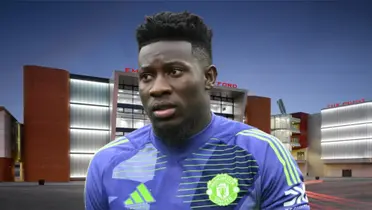
Onana Exit Rumors Swirl: How the Goalkeeper Is Responding
30/03/2025
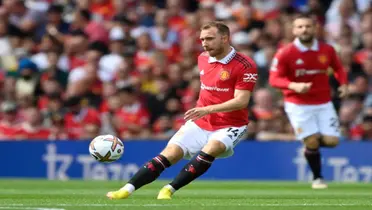
Eriksen breaks the silence about the rumors of not renewing
30/03/2025
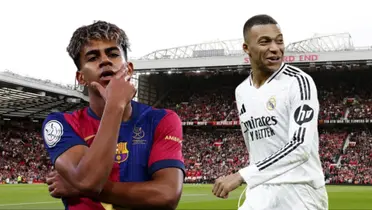
World-Class Player Available: Romano Reveals Transfer Bombshell
30/03/2025
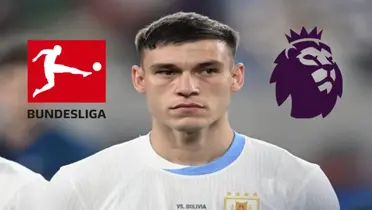
Ugarte's Premier League Insight: Key Differences From Ligue 1 Revealed
30/03/2025
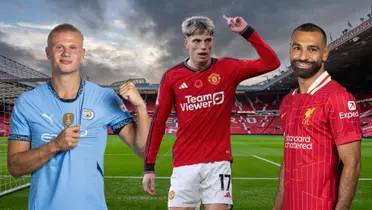
Garnacho Outshines Salah and Haaland: A Stunning Statistical Triumph
29/03/2025
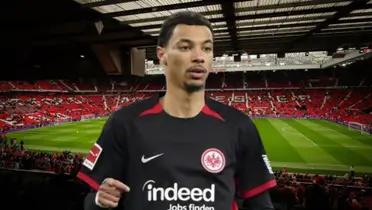
Ekitike's Staggering Stats: Why Man United Are Keen
29/03/2025
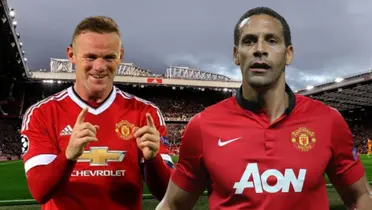
Beyond Legends: The United Player Who Rewrote Investment History
29/03/2025
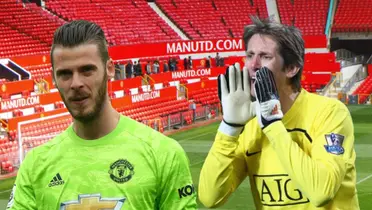
Manchester's Goalkeeping Giants: Who Reigns Supreme?
29/03/2025

Fernandes' Fortune: Unveiling the Price Tag of United's Captain
29/03/2025
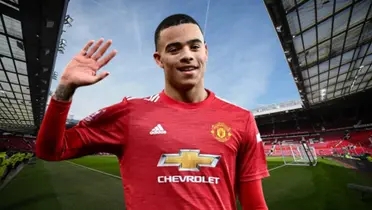
The Manchester United jewel that was rumoured for Barcelona ended up in an exotic league
29/03/2025

Father's Faith Pays Off: 100 Pound Bet on Son's United Debut
29/03/2025



